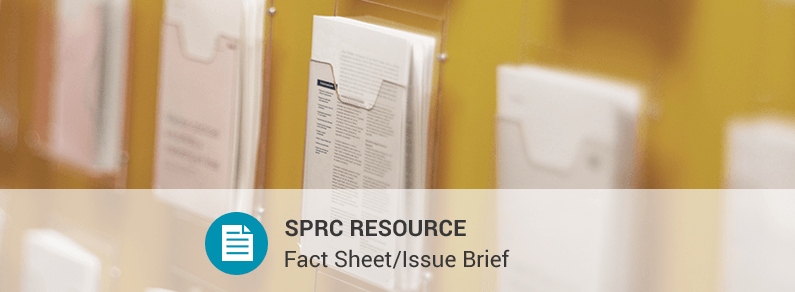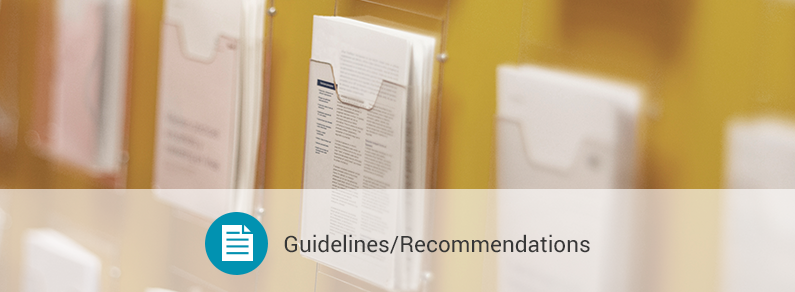Pathways to Purpose and Hope is a guide to creating a sustainable suicide bereavement support program that offers a variety of services on a long-term basis to meet the complicated needs of survivors. The guide is designed so that any lay person can use it to start a new program or enhance an existing one. It provides detailed instructions and tips for developing an agency brochure, database, and website; welcoming new families, facilitating support meetings, and compiling a newsletter; and developing optional services such as lending libraries, memorial quilts, birthday and anniversary notes, retreats and conferences, speakers bureaus, and mentoring programs. It also includes chapters on communications, finances and fundraising, governance and structure, evaluation, and training. Sections of the guide can be implemented as an organization develops, grows, and customizes its services to meet the needs of survivors in their area. Included are sample forms and handouts that can be customized by users.
Pathways to Purpose and Hope is based on a comprehensive program developed by more than 50 survivors over a period of 30 years to provide multiple services to meet the complex needs of survivors after a suicide loss. The guide was written collaboratively by Friends for Survival (a suicide bereavement support program that has been based in Sacramento for over 30 years) and 14 contributors, including survivors and experts in the field of survivor support.
Program Objectives
Readers of Pathways to Purpose and Hope will have increased:
- Knowledge of the steps to establish and/or expand a sustainable survivor support program.
- Understanding of the critical elements and services for a sustainable program.
- Knowledge of training and other resources available to support their efforts.
Implementation Essentials
- Those who implement or conduct suicide bereavement support groups should be familiar with local referral points for those who may require additional services.
2012 NSSP Objectives Addressed:
Objective 10.1: Develop guidelines for effective comprehensive support programs for individuals bereaved by suicide and promote the full implementation of these guidelines at the state/territorial, tribal, and community levels.




